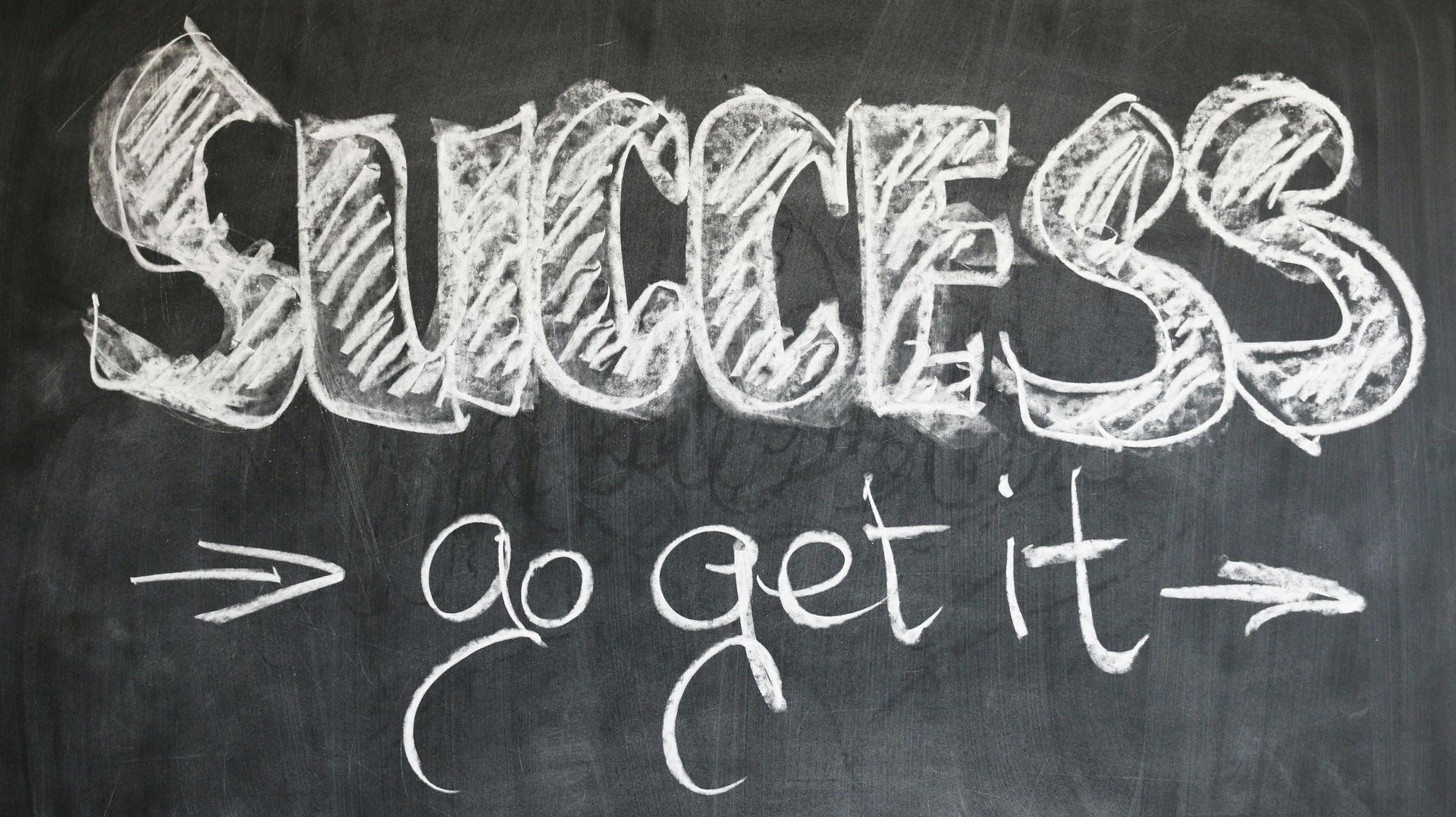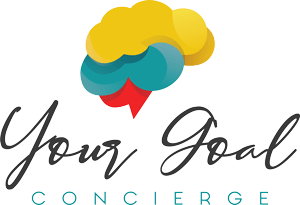Presence In Practice
Erica Kesse
Turing Daily Routines into Mindful Rituals

Presence in Practice: Turning Daily Routines into Mindful Rituals
Mindfulness is the art of being present in the moment, fully engaging with your
surroundings, and finding peace in the everyday. Incorporating mindfulness into
your daily life can enhance your well-being, reduce stress, and cultivate a greater
appreciation for the world around you. Your Goal Concierge shares practical
ways to integrate mindfulness into your routine:
Transform Your Commute into a Mindful Journey
By actively engaging with your environment, turn your daily commute into a
mindful expedition. Notice the myriad colors, sounds, and movements you usually ignore.
Whether traveling by bus, train, or foot, observe the subtle textures
of your seat, the vehicles rhythmic motion, and the interplay of light and
shadows. This conscious observation transforms routine travel into a profoundly
enriching sensory journey.
Cultivate Gratitude with a Journal
Kickstart your day with a gratitude journal, a simple yet profound way to weave
mindfulness into your everyday life. Jot down the days blessings, whether the
comfort of a hot coffee, an encouraging word, or a breathtaking sunset. This
practice highlights life’s tiny delights and shifts your focus to positivity,
enhancing contentment and openness to what lies ahead. Embrace this habit to
anchor yourself in the present and savor lifes gifts as they come.
Experience Music with Full Attention
Listening to music mindfully can be a profoundly enriching experience. Choose a
piece of music and give it your full attention. Notice the different instruments, the
rhythm, and how the music makes you feel. Pay attention to the nuances and
layers within the composition. Let yourself fully absorb the sound, allowing it to
wash over you. This practice enhances your enjoyment of music and trains your
mind to stay focused and present.
Appreciate Art in Detail
Art becomes a portal to mindfulness when you truly immerse yourself in
observing a piece, regardless of where you find it. Examine the hues, textures,
and forms it presents, and tune into the emotions and thoughts it stirs within you.
Let yourself be drawn into the artwork, recognizing the artist’s technique and
creative vision. This focused engagement can enhance your appreciation of art,
bringing tranquility and a sharpened focus.
Engage in Intentional Reading
Practice mindfulness through intentional reading; absorb each word and
sentence entirely instead of merely scanning the text. Pay attention to the rhythm
of the language, the construction of each sentence, and the imagery evoked.
Mindful reading boosts your understanding and pleasure and anchors you firmly
in the present, enriching your reading experience. This deliberate approach
ensures that every reading session is both engaging and profound.
Connect with Nature
Observing the natural world outdoors is a beautiful way to practice mindfulness.
Pay close attention to the details around you, such as the shapes of leaves,
clouds, patterns, and birds, sounds. Notice the texture of the bark on trees, the
smell of flowers, and the feel of the breeze on your skin. Engaging your senses in
this way helps you connect with nature and find peace and beauty in the world
around you.
Walk with Awareness
Walking mindfully involves paying attention to your body's sensations and
surroundings. Focus on the feeling of your feet touching the ground, the sounds
around you, and the sensation of the air on your skin. Notice the rhythm of your
steps and the movement of your body. By bringing your attention to walking, you
can turn a simple activity into a meditative practice that grounds you in the
present moment.
Be Present During Physical Activity
Concentrate on your body's movements and feelings during physical activity
rather than on external goals or distractions. Whether exercising, stretching, or
engaging in a sport, pay attention to your breath, the contraction of your muscles,
and the alignment of your body. This mindful focus enhances your physical
performance and helps you stay present and fully experience the activity.
Incorporating mindfulness into your daily life doesn't require significant changes
or extra time. You can cultivate peace, presence, and appreciation for the world
around you by making minor adjustments to your routine and fully engaging with
your surroundings. Whether through your commute, a gratitude journal, music,
art, reading, nature, walking, or physical activity, mindfulness can transform
ordinary moments into opportunities for deeper connection and well-being.
Embrace these practices and discover mindfulness's profound impact on your
life.
Would you like to read more helpful content or learn about our wide-ranging
business services? Visit YourGoalConcierge.com today!



